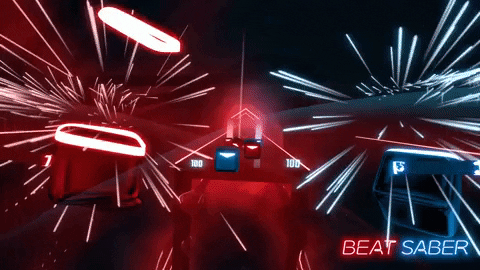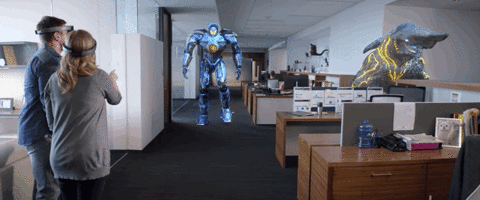Feeling out of touch with reality? No, not that reality. I'm talking about the realities under the umbrella of Extended Reality (XR)! Extended Reality is the umbrella term that covers Augmented Reality (AR), Virtual Reality (VR) and Mixed Reality (MR). Understanding which reality term should be used can be confusing -- especially since the terms are often mistakenly used interchangeably. Here's a short over-view on the difference between Augmented Reality, Virtual Reality and Mixed Reality.
What is Augmented Reality (AR)?
Pokémon GO and Snapchat Filters -- sound familiar? If not, then congratulations, you've successfully avoided social media in the modern age! However, there's so many more practical uses of Augmented Reality in which you may have experienced but let's first define what AR even is. AR enables us to see the real-world surrounding us while displaying digital objects directly on top of our view. Have you ever tried the 'See it In Your Space' feature on Target? That and similar experiences on other websites use AR technology!
There's a lot of interesting uses for AR and it's not always only used for games or to make it look like we have dog ears. ARVR Tips provides an extensive list of how AR is used across various industries. Explore the list if you have a moment - there's some pretty interesting use cases.
What is Virtual Reality (VR)?
Ever put on a head mounted device and magically escaped into a new virtual world? If so, you've experienced the magic of Virtual Reality. VR is a simulated experience in which the user is immersed into a virtual world. Once immersed, the user can no longer view their real-world. You may have seen videos of folks playing VR games such as Beat Saber or SUPERHOT VR (a personal fave). VR has come quite a long way given that we can now interact with virtual objects using more than controllers. We can use our hands, voice and amazingly enough even VR haptic bodysuits!
Like AR, VR is used for more than gaming. Live Science explores some fascinating uses for VR beyond gaming. I'm personally a fan of VR story-telling!
What is Mixed Reality (MR)?
So then there's Mixed Reality. Mixed Reality is a blend between the physical and digital world. In fact, when we talk about MR, we think of the reality as a spectrum known as the virtuality continuum -- oo fancy word! On one end of the spectrum is the physical world and the other, the digital world. Between that spectrum lies Augmented Reality and Virtual Reality.
One drawback to AR and VR experiences is that they're not instinctually environmentally aware. Let's take the 'See it In Your Space' feature that Target offers. Suppose I'm in the market for flower vases and I happen to come across a vase that looks to be perfect for my home. Using the 'See it In Your Space' feature, I can view the vase in my home, however, the AR feature wouldn't prevent me from placing the vase in the middle of a real-life object. The AR feature wouldn't be aware of the 'real' furniture and/or surfaces in my home.
With MR, you can build experiences that have environmental understanding capabilities. In a MR experience, I could try out the vase in my home and the vase would only snap to flat surfaces. The experience would be aware of the surfaces in my home because of spatial mapping.
Curious to learn more about realities? Follow the #MixedReality tag!






Top comments (0)